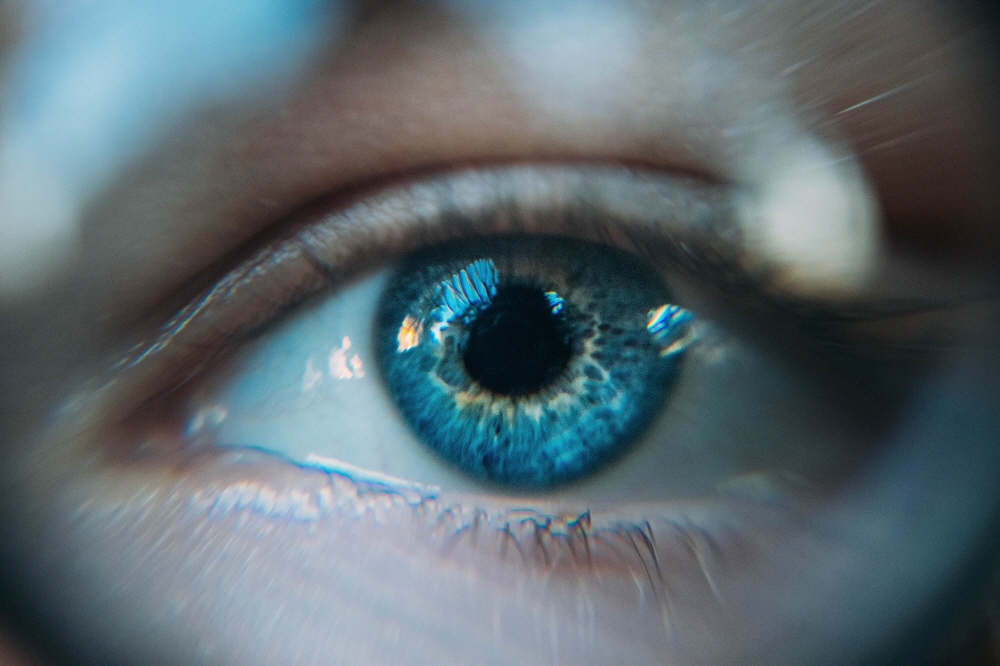
The pupil, through which light reaching the retina, contracts in bright light to reduce the amount of light it captures, and expands in dark light to increase the amount of light it captures. But a new study shows that the size of the pupil depends not only on the light but also on the number of objects it is looking at.
The ability to count objects may seem like a fairly advanced intellectual activity, but in addition to humans, monkeys, crows, and bees, etc. have the ability to recognize numbers, and it is believed that human babies also have the concept of numbers.
Professor David Burr of the Department of Psychology at the University of Sydney said that we spontaneously perceive the shapes, sizes, movements and colors we see when we look around us. is said to be the basis of It is said that this ability makes it possible to immediately recognize important numbers, such as the number of apples on a tree or the number of enemies attacking.
It is very important that the recognition of the number be recognized spontaneously. The research team thought that there might be evidence of the ability to spontaneously recognize the number of objects during human atomic physiological reactions. Therefore, the research team decided to conduct an experiment, thinking that the size of the pupil, which automatically contracts and expands according to the light, changes depending on the perceived number.
The research team showed 16 subjects an image with 18 or 24 dots written on it, and then showed an image of connecting dots with lines. In the second image, the number of points itself does not change, but it is said that there is an illusion that the number of points is small if the points are connected with a line and connected in a dumbbell shape.
Subjects were not assigned any task when viewing the image, but only asked to view the image manually. The research team then asked the subjects to decide whether more dots were drawn on the first image or the second image, and the number was found to be less than 20% on average than on one image.
Moreover, as a result of analyzing how the pupil size changed for 6 seconds while the image was displayed, it was found that the pupil size also changed when the perception of the number of dots changed due to an illusion, even though the number of dots did not actually change for the 1st and 2nd images. The researchers found that the pupil diameter dilated when the number of perceived dots was large and contracted when the number of dots was small.
The researchers say that these results show that numerical information is intrinsically related to perception, which could have important and practical implications. For example, the ability to recognize numbers is impaired by a learning disorder called arithmetic disorder, but in many cases, people do not realize that they have a disability unless they are old enough. If developed, it will be possible to determine the presence or absence of arithmetic disorders at an early stage, even for young children who have not yet learned arithmetic. Related information can be found here.


















Add comment